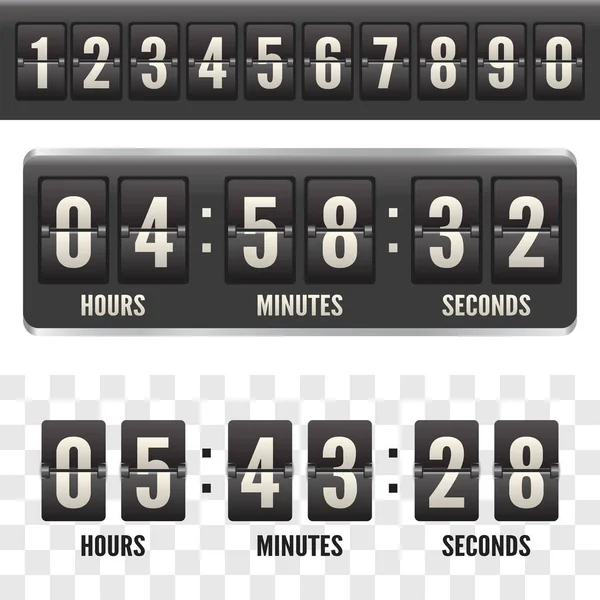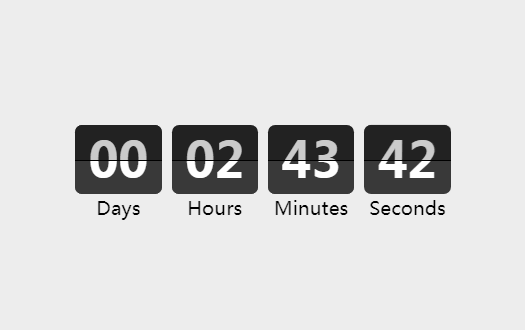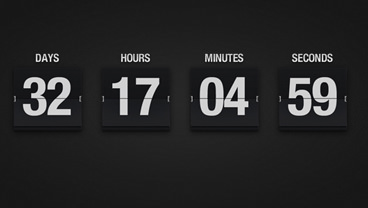

My Christmas Tree*: ties into desktop personalization app.My Lunar New Year*: ties into desktop personalization app.My Tic-Tac-Toe: purpose built game widget.My Slider Puzzle: purpose-built game widget.Spotify: Tied into Spotify music streaming service (free users see/hear ads).Phone Link: ties into Microsoft Phone Link app.Messenger: ties into Meta Messenger app.Some of them repeat from the preceding menu (Xbox and Phone Link) others require cash outlays, usually $1.99 (marked with an asterisk).įrom top to bottom, and left to right, here’s what’s in this collection: (Image credit: Tom's Hardware)įrom left to right, and top to bottom, here are more widgets available at the Microsoft Store.
#Flip clock countdown windows
In addition, the “Find more widgets” button leads to this table of choices in the Microsoft store:įigure 3: The Windows Store currently offers 18 widgets for Windows 11. By default they appear at the top, but may be dragged around as users see fit.

Core: shows the Home Dev dashboard with pinned widgets, one at a time, in left-to-right order.

Here’s the complete list with a brief explanation for each widget item (notice that many of them simply echo content from existing Windows 11 apps): There are 13 items in this list, of which Weather shows up by default on the Taskbar. These appear in Figure 3, and include 18 items at present, as shown (I’ll list them by name, with brief explanations following Figure 3).įigure 2: Menu items from the Add Widget pulldown menu in the Widget Panel (broken side-by-side for compactness) (Image credit: Tom's Hardware) You’ll also see an option to “Find more widgets.” If clicked, that shows you the complete collection of widgets available through the Microsoft Store.
#Flip clock countdown plus
If you click the plus sign (“+”) to its right, you’ll see a list of choices in a menu, as shown in Figure 2. When you open the Widget Panel in Windows 11 by clicking on the weather icon, you will see an Add widgets dialog at its top edge. Exploring the Widgets Panel and Add Widget That includes the four shown in Figure 1, plus an item named SSH keychain that shows all SSH connections defined in a PC’s SSH config file (click any such item to open the corresponding connection in Windows Terminal). As I write this story, it offers only 5 items. The number of widgets available to the Dev Home dashboard is limited. Figure 1: After pinning them to the dashboard, Dev Home offers access to widgets for CPU, CPU, Memory, Network and more (they’re quite reminiscent of the Performance pane in Task Manager).


 0 kommentar(er)
0 kommentar(er)
